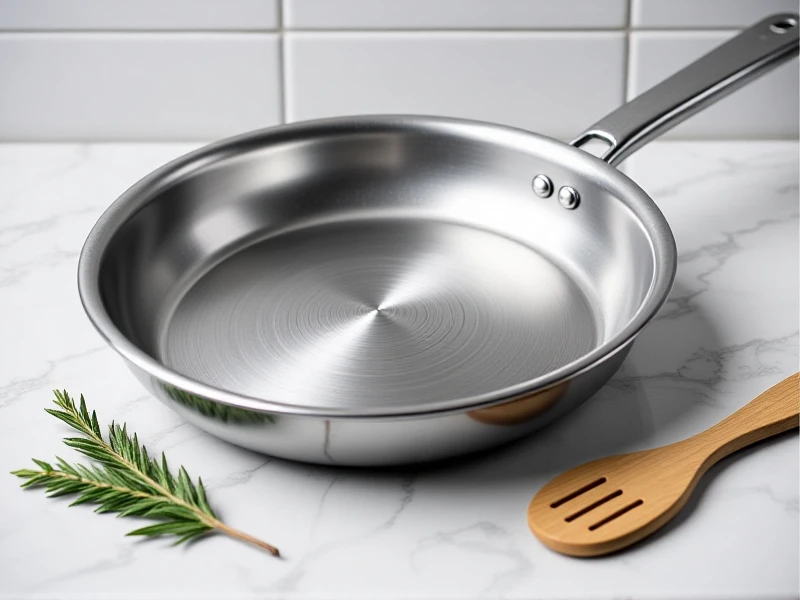
The Ultimate Frying Pan Guide: Choosing & Caring for Your Kitchen Essential
The humble frying pan is arguably the most versatile workhorse in any kitchen. From searing steaks to scrambling eggs, sautéing vegetables to crafting perfect pancakes, a good pan can make cooking easier and more enjoyable. But with so many types – stainless steel, non-stick, cast iron, carbon steel, ceramic coated – how do you choose the best frying pan for your needs? This guide cuts through the confusion.
First, consider your primary cooking style and needs:
- Stainless Steel: Excellent for searing and browning, develops a nice fond for sauces. Durable, oven-safe, and generally dishwasher safe. Not naturally non-stick, requiring some oil and proper preheating.
- Non-Stick (PTFE/PFOA-Free): The go-to for low-fat cooking and delicate foods like eggs and fish. Easy to clean but easily scratched. Avoid high heat and metal utensils to prolong its life. Look for robust, PFOA-free coatings.
- Cast Iron: Unbeatable heat retention, perfect for searing and oven-to-table dishes. Becomes naturally non-stick when seasoned properly, lasting generations. Requires seasoning maintenance and is heavier.
- Carbon Steel: Offers similar searing power and seasoning potential to cast iron but is lighter weight and heats faster. Popular in professional kitchens. Needs diligent seasoning initially.
- Ceramic Coated: Non-stick alternative marketed as eco-friendly. Starts slick but tends to lose effectiveness quicker than traditional non-stick. Generally requires gentle care.
Key Factors When Choosing Your Frying Pan:
- Material: Prioritise cooking style and ease of maintenance.
- Size: An 8-10 inch skillet is versatile; a 12-inch is ideal for larger portions or family cooking.
- Weight & Handle: Ensure comfortable handling, especially when full. Look for heat-resistant, securely riveted handles (crucial for oven transfer).
- Construction: Multi-ply bonded bases (e.g., stainless/aluminum core/stainless) prevent warping and ensure even heat distribution for perfect results.
- Lid?: Useful for simmering or braising, but usually sold separately.
Essential Frying Pan Care:
- Season Cast Iron/Carbon Steel: After washing, heat gently to dry completely, then rub with a thin layer of oil to maintain the non-stick patina.
- Protect Non-Stick Surfaces: Use only wooden, silicone, or plastic utensils. Avoid extreme heat (don't preheat empty at high temps) and abrasive cleaners or scouring pads. Handwashing is best.
- Clean Carefully: Let pans cool slightly before washing. Soak if stuck bits persist, but avoid leaving cast iron wet. Use appropriate cleaners.
- Stainless Steel Tricks: Preheat properly to avoid sticking. Deglaze after cooking to build flavourful sauces and clean easily.
Investing in the right frying pan and caring for it properly transforms everyday cooking. A truly effective skillet becomes an indispensable partner in your culinary adventures, helping you create consistently delicious meals with ease. Choose wisely based on what you cook most, treat your pan well, and enjoy the results for years to come.